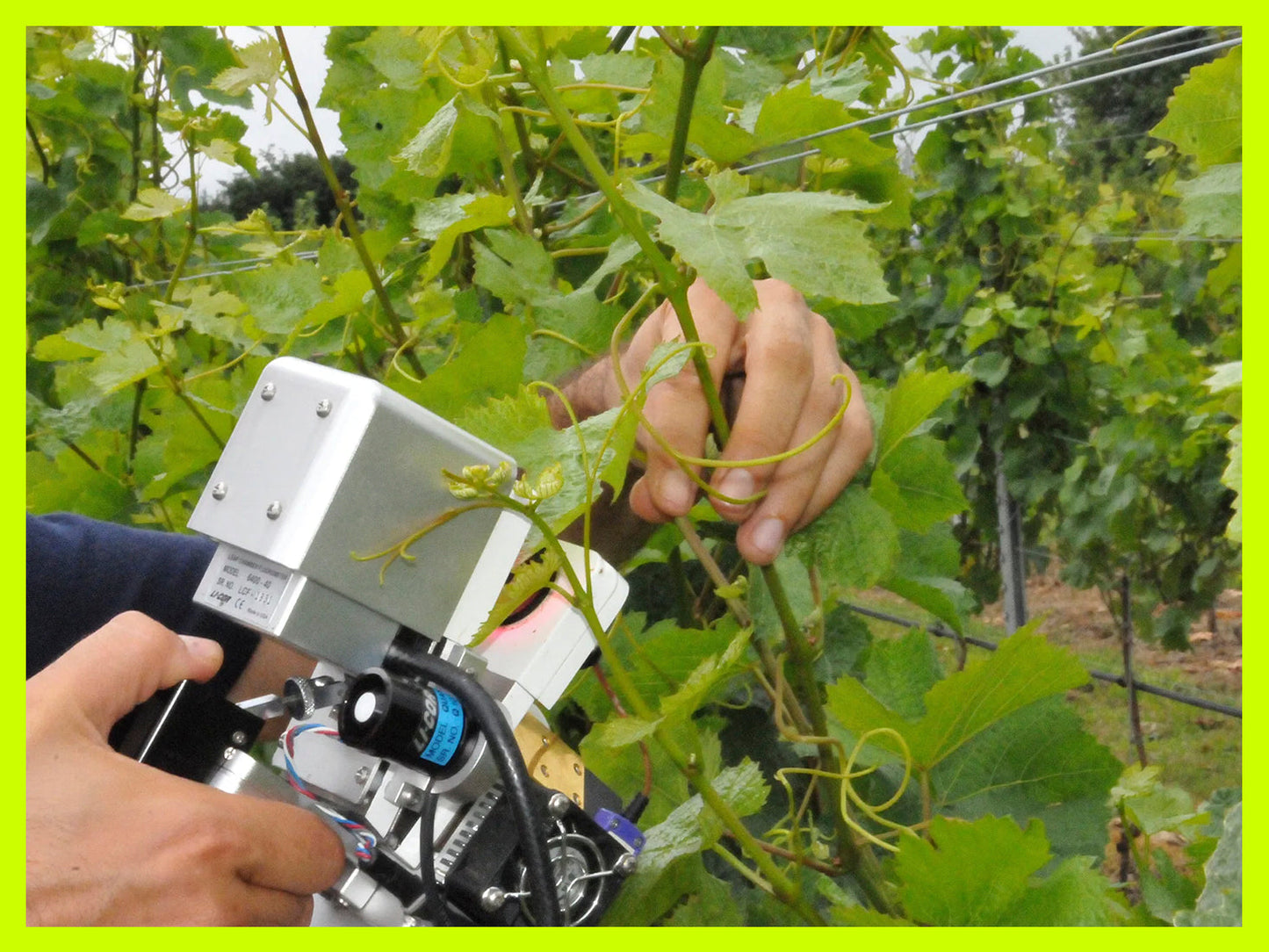
Text by: SW Team
Vienna, Austria October 15, 2025. Time for something cooler than biodynamics! Scientists are exploring a novel way to fight pests — one that doesn’t rely on harsh chemicals. At a recent research conference in Austria, bioprocess engineer Fatemeh Maghuly (University of Natural Resources and Life Sciences Vienna) presented a promising method using RNA interference (RNAi) to protect plants. This approach doesn’t yet replace conventional methods everywhere, but it points to a future where plants might defend themselves with fewer chemicals — provided the scientific, regulatory, and safety challenges can be overcome.
What is RNA interference?
RNA (ribonucleic acid) plays a central role in how cells build proteins. RNA interference (RNAi) is a natural process where specific RNA molecules can block or degrade messages that lead to protein production. In practice, scientists design double‑stranded RNA (dsRNA) sequences and spray them on plants. Pests that feed on those plants absorb the dsRNA, triggering RNAi in their cells, which disrupts growth or survival of the pest — but (in principle) without harming other organisms.
Advantages — and challenges
This method has several potential upsides: 1 – High specificity: Only target genes are affected. 2 – Rapid degradation in the environment. 3 – Lower risk to humans and non‑target species. Still, it’s not perfect yet. Some pests or fungi don’t absorb dsRNA well or are less responsive to RNAi. That means sequences must be carefully designed to avoid accidental impact on non‑target organisms. Rigorous testing and environmental risk assessments are essential.
Where it’s already being used — and what’s holding back wider adoption
In the U.S., RNAi‑based products are already approved against pests like the Colorado potato beetle. Field trials are underway for diseases such as mildew. But in Europe, RNAi is not yet approved, partly because regulators debate whether it should count as a genetically engineered technology.
